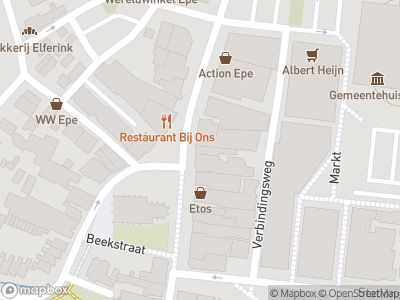A long line of burial mounds dating from prehistoric times has been discovered in the Veluwe region. Astonishingly, there are about 50 mounds stretching for approximately six kilometres across the municipality of Epe, in a straight line. Research is beginning to show that this is not a coincidence.
Buried in prehistoric times
A burial mound is a man-made mound of earth in which the remains of the deceased were interned. People have been using burial mounds since the late Stone Age (approx. 2800 BC). The mounds were commonly surrounded by a ditch or row of posts. During the Bronze Age (2000-800 BC) more than one person (family) were buried together in the same mound. From 800 BC up until the end of the Iron Age, people cremated their dead. Their ashes were interned in urns and then placed in low-lying burial mounds: the so-called urnfields.
Burial mounds in a straight line
Research has shown that these graves were not built randomly. Strange rows of posts, stone circles and sacred roads suggest that the transition to the next world was a special event, surrounded by ritual. The numerous burial mounds near to Epe and Vaassen may well lie along a sacred road that runs from the world of the living, to the world of the dead. It is probably no coincidence therefore, that the church in Epe, St. Martin´s Church (St. Maartenskerk), has been built in alignment with the burial mounds. Perhaps the first missionaries embraced the ancient, local traditions and beliefs in order to make the transition to Christianity easier.
Memorials from prehistoric times
The majority of prehistoric, archaeological monuments in the Netherlands are burial mounds. By dating them accurately, patterns can be found that may well tell a story about the ideologies of our forefathers. Once upon a time, the countryside would have been visibly punctuated by these kinds of burial mounds. Today, there are just a few that are still visible, like the ones around Epe and Vaassen.
















